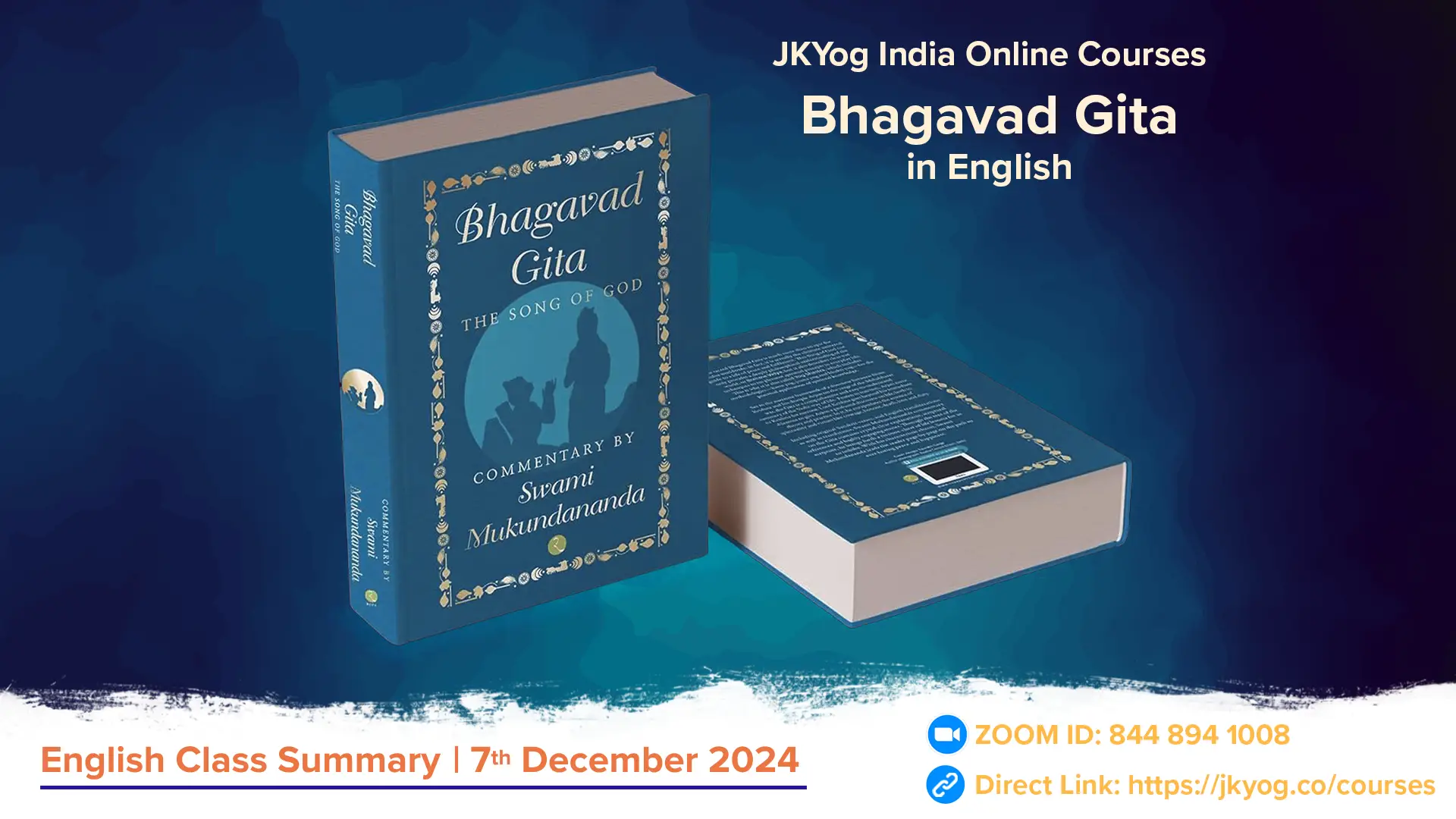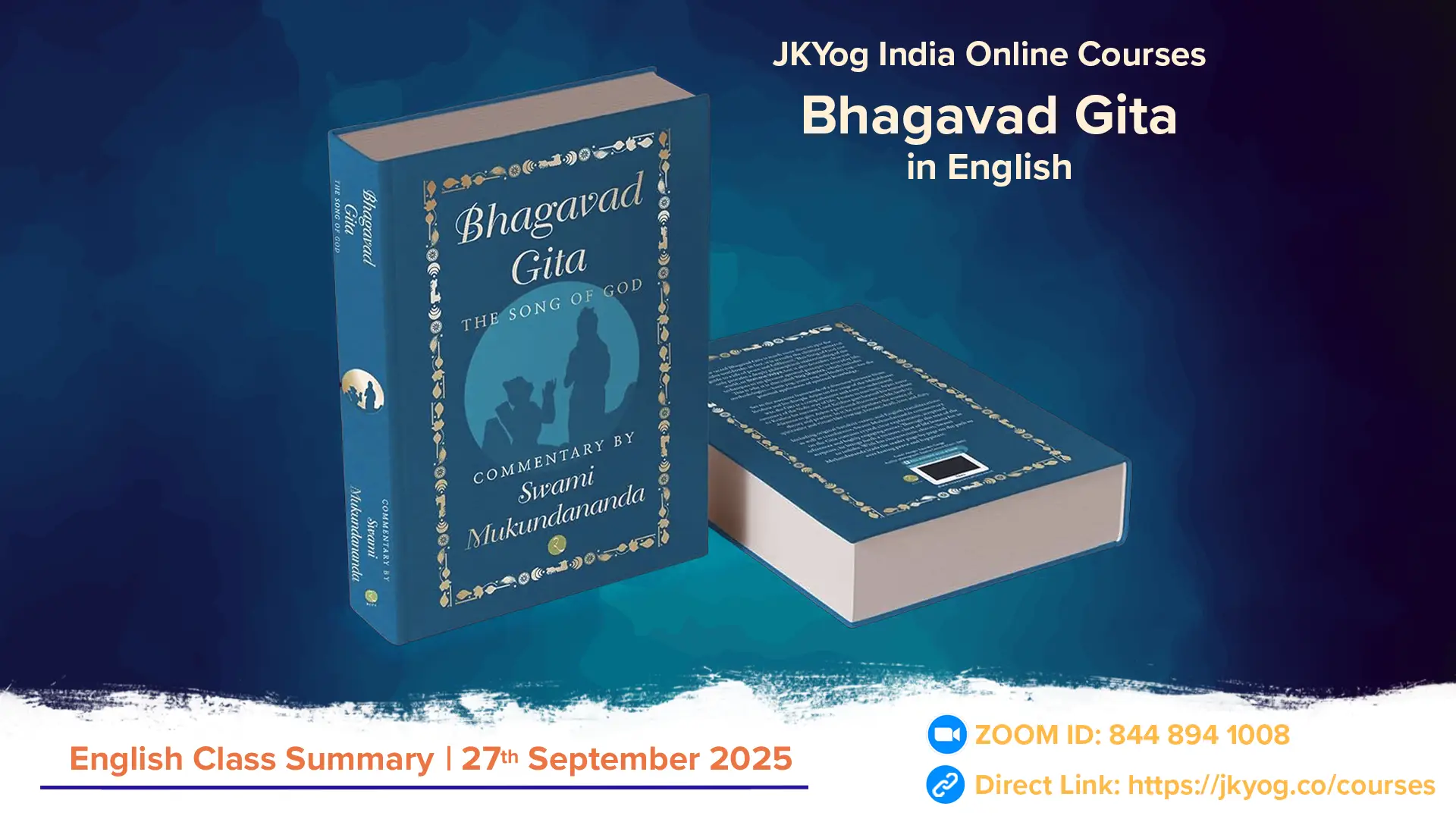Gita 8.14:
अनन्यचेता: सततं यो मां स्मरति नित्यश: |
तस्याहं सुलभ: पार्थ नित्ययुक्तस्य योगिन: || 14 ||
ananya-chetāḥ satataṁ yo māṁ smarati nityaśhaḥ
tasyāhaṁ sulabhaḥ pārtha nitya-yuktasya yoginaḥ
Shree Krishna presents an alternative method of meditation that is simpler and more effective than focusing on the formless God. This method involves meditating on the personal forms of God, such as Ram, Krishna, Shiv, Vishnu, etc., including their Names, Forms, Virtues, Pastimes, Abodes, and Associates. This approach helps keep the mind absorbed in God and His divine form.
Krishna emphasizes the importance of exclusive devotion to attain Him. He says that those who have their minds exclusively absorbed in God (ananya-chetāḥ) can easily attain Him. The Bhagavad Gita and other Vedic scriptures also stress the need for exclusive devotion and surrender to attain God.
Many spiritual seekers struggle with worldly attachments that prevent them from attaining pure devotion. To purify the mind, one must attach it to God, who is all-pure. Exclusive devotion is necessary to attain God, and it can only be achieved by absorbing one's mind in God's Names, Forms, Virtues, Pastimes, Abodes, and Associates.
Gita 8.15:
मामुपेत्य पुनर्जन्म दु:खालयमशाश्वतम् |
नाप्नुवन्ति महात्मान: संसिद्धिं परमां गता: || 15 ||
mām upetya punar janma duḥkhālayam aśhāśhvatam
nāpnuvanti mahātmānaḥ sansiddhiṁ paramāṁ gatāḥ
When one attains God, their soul is liberated from the cycle of life and death and reaches the divine abode of God, where they remain forever. This liberation is not possible without exclusive devotion to God.
Life in the material world is full of suffering, from birth to death. We experience pain and misery due to our own body, mind, people, or circumstances. But God puts us through these sufferings to correct our defective consciousness and develop a desire for God.
Pain is a signal that something is not right and needs correction. Similarly, the pain and miseries we experience in the material world stimulate us to shun our defective consciousness and motivate us to return to God.
Those who commit themselves to exclusive devotion can attain God and reach His divine abode. However, those who remain engrossed in material affluence and forget God continue to rotate in the cycle of birth and death.
Ultimately, we get what we make ourselves worthy of through our choices and endeavors. Exclusive devotion is the key to liberation from the cycle of birth and death and union with God.
Gita 8:16:
आब्रह्मभुवनाल्लोका: पुनरावर्तिनोऽर्जुन |
मामुपेत्य तु कौन्तेय पुनर्जन्म न विद्यते || 16 ||
ā-brahma-bhuvanāl lokāḥ punar āvartino ’rjuna
mām upetya tu kaunteya punar janma na vidyate
The Vedic scriptures describe 14 worlds in our universe, 7 higher planes, and 7 lower planes. These worlds are under the realm of Maya, the material energy of God. All dwellers of these worlds are subject to the cycle of birth and death.
Indra, the king of the celestial gods, had to die despite being powerful. A story from the Puranas illustrates this point. Indra was building a huge palace in Swarga, but it kept getting bigger and bigger. God appeared and showed him that there were infinite universes, each with its own Indra and Vishwakarma.
Another story tells of Rishi Lomash, who had been blessed with endless life. He carried a straw mat on his head and had a circle of hair on his chest. Each time an Indra died, one hair would fall from his chest. This humbled Indra and made him realize that building a huge palace would be pointless if he eventually had to leave it.
The Bhagavad Gita also talks about the cosmology of the universe, describing the movement of planets and galaxies. However, it also emphasizes that the material world is temporary and full of misery.
In this verse, Shree Krishna states that all 14 worlds are within the realm of Maya, and occupants are subject to the cycle of birth and death. Only those who attain God-realization can get liberated from Maya's clutches. Liberated souls receive divine bodies and participate in God's divine pastimes eternally.
Examples:
* The story of Indra's palace illustrates how even powerful beings have to die.
* Rishi Lomash's story shows how life is temporary and fleeting.
* The Bhagavad Gita describes the movement of planets and galaxies in the universe.
* The Vedic philosophy talks about the 14 worlds in our universe and how they are connected.
These stories and examples illustrate the Vedic concept of the universe and its cosmology, emphasizing that everything is temporary and subject to change.
Gita 8:17:
सहस्रयुगपर्यन्तमहर्यद्ब्रह्मणो विदु: |
रात्रिं युगसहस्रान्तां तेऽहोरात्रविदो जना: || 17 ||
sahasra-yuga-paryantam ahar yad brahmaṇo viduḥ
rātriṁ yuga-sahasrāntāṁ te ’ho-rātra-vido janāḥ
The Vedic cosmological system has vast and astounding measurements of time. The Vedas state that one year on Earth is equal to one day and night of Indra and other celestial gods, which is equivalent to 360 years on Earth. The Vedas also calculate the duration of yugas (cycles) on Earth, with the longest being 4.32 million years.
The Vedas also describe the lifespan of Brahma, the creator, as 100 years. However, this is not a normal human lifespan, but rather a unit of time equivalent to 8.64 billion earth years. One cycle of Brahma's lifespan equals 311 trillion 40 billion years.
Brahma is a soul who has reached elevated consciousness and is given the position of creator by God. However, like all living creatures, Brahma is also subject to the cycle of life and death. At the end of his tenure, he is liberated and goes to the Abode of God.
Examples:
* The Vedic system measures time in vast and astounding units, such as 4.32 million years per mahā yug.
* Brahma's lifespan is 100 years, but it's equivalent to 8.64 billion earth years.
* One cycle of Brahma's lifespan equals 311 trillion 40 billion years.
These measurements of time are beyond normal human imagination and illustrate the vast scale of the Vedic cosmological system.
Summary: JKYog India Online Class- Bhagavad Gita [English]- 7.12.2024








